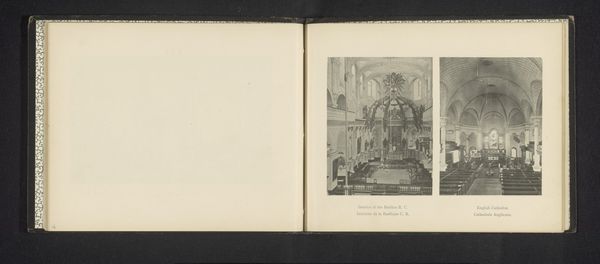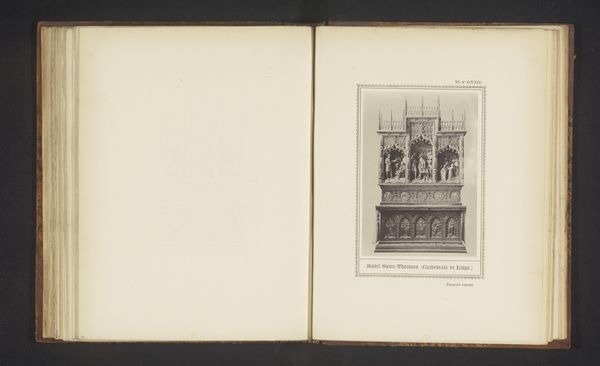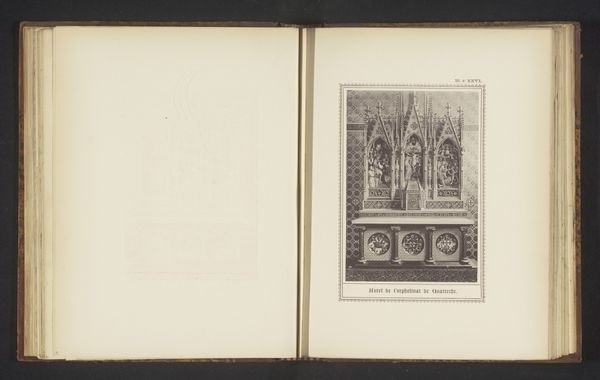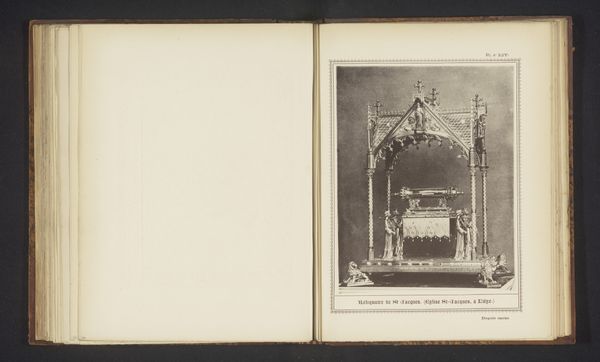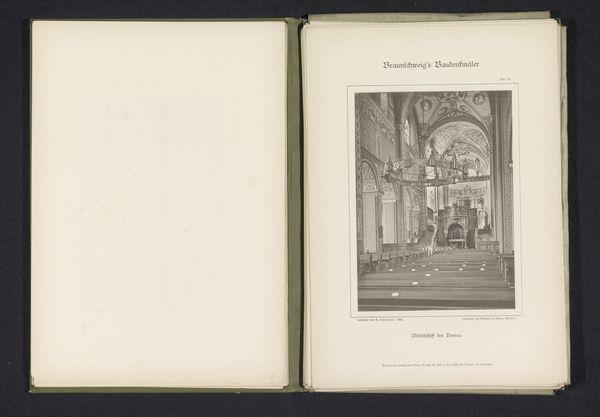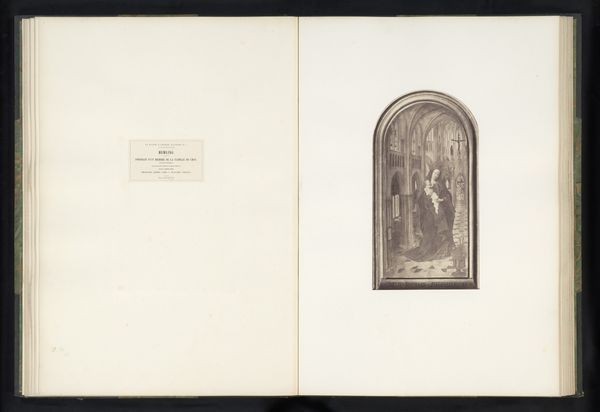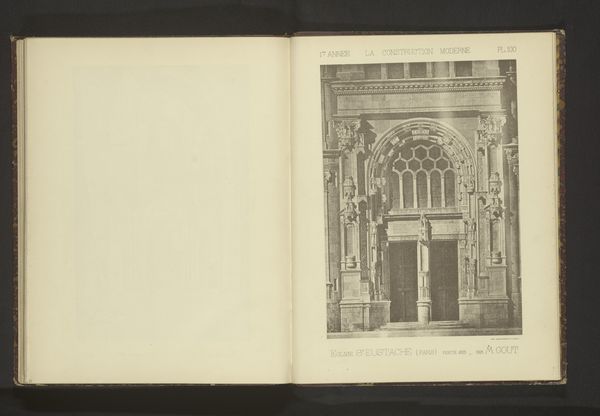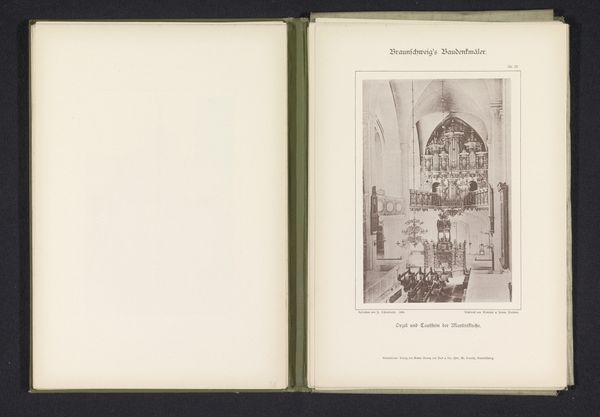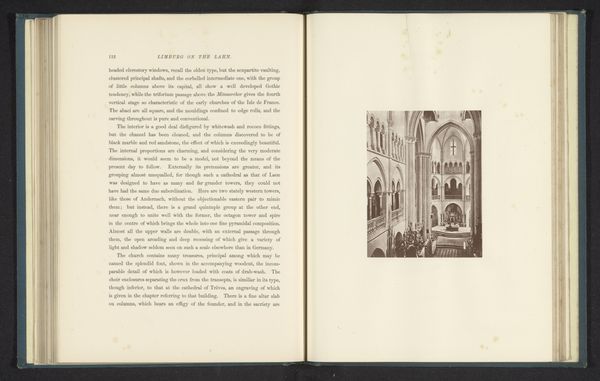
print, photography, architecture
#
medieval
# print
#
landscape
#
photography
#
architecture
Dimensions: height 154 mm, width 109 mm
Copyright: Rijks Museum: Open Domain
Curator: This fascinating photographic print from before 1896 captures the high altar of the Sint-Gummaruskerk in Lier, Belgium, by Joseph Casier. It’s a window into a specific place and time. Editor: The density of detail in the architectural construction really strikes me, particularly juxtaposed with the flatness of the image itself. It makes you really consider the layers present in both image and structure. Curator: Precisely! And given Casier's work, one has to appreciate the materiality of the photographic print itself. Think about the processes involved. The treatment of light and dark…the labor in its production… Editor: The use of light creates this kind of hallowed aura around the altar, which given the historical context would have been accessible only to a select few, reinforcing their connection to the divine and contributing to established power structures. Curator: Exactly. What did the local industries producing pigment contribute, and where does the material itself originate? These factors tie into global commerce and labour ethics in ways we are only just understanding. Editor: Absolutely, the image freezes the spectacle, inviting us to think about how rituals, architectures and artistic choices intertwine with evolving socio-political systems, reflecting evolving cultural values concerning gender, status, race, and political and economic visibility. Curator: I'm glad you mention spectacle. Consider the accessibility afforded to broader audiences by capturing it via a photographic print! Editor: It does democratize the image. Though questions persist regarding its distribution, visibility, and audience, and considering, even at its inception, photographic representation raised profound considerations concerning visual biases. Curator: Thank you. These social, artistic, and mechanical complexities combine into an amazing object, and a perfect encapsulation of both craft and modern industrial practice. Editor: A potent reminder to reflect on the intricate dialogue that binds art history with the intricate patterns of race, class, and politics.
Comments
No comments
Be the first to comment and join the conversation on the ultimate creative platform.
